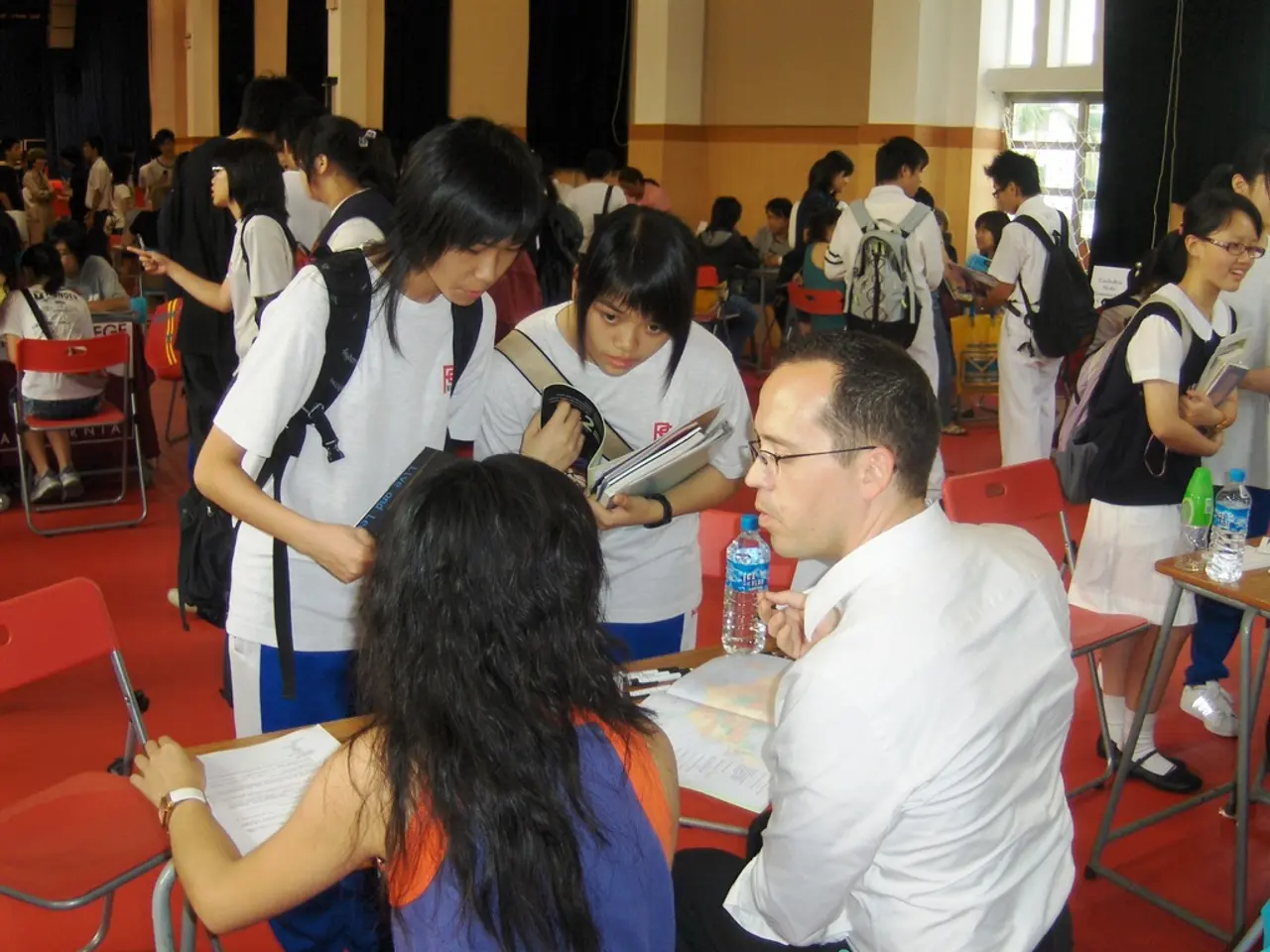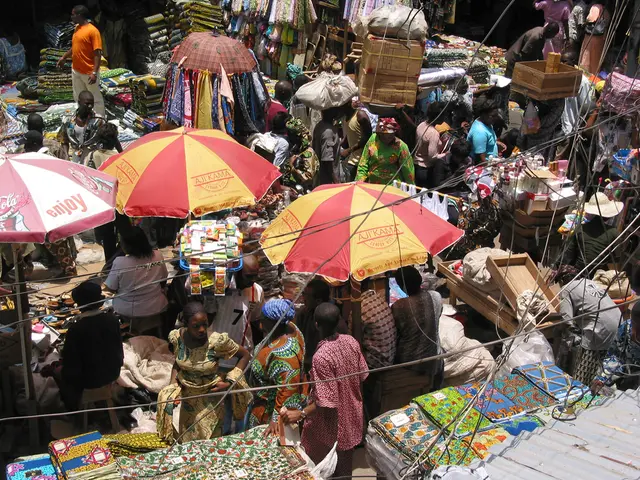Homeschooling in US Evolves: Diverse Families Challenge Outdated Policies
Homeschooling in the United States is evolving, with outdated policies struggling to keep up with the diverse reality of modern homeschooling families. Angela R. Watson, director of the Homeschool Research Lab at Johns Hopkins University, has been studying this shift since 2019, revealing a landscape far removed from the stereotypical image of predominantly white, religious families.
Watson's research has uncovered that up to 40% of homeschooled children are Black, Indigenous, or people of color, challenging the traditional perception. Additionally, about 40% of these children have special learning needs, often with siblings remaining in traditional schools. The dynamic nature of homeschooling is evident, with over a third of families having children in both homeschool and conventional schools.
The COVID-19 pandemic played a significant role in this evolution. Lockdowns in early 2020 led to a surge in homeschooling, with the percentage of families doing so doubling from 2.8% to 5.4%. This increase, coupled with Watson's findings, paints a picture of homeschooling families that is more racially, geographically, and socioeconomically diverse than previously thought.
Watson's work, the first comprehensive study of its kind, has highlighted the urgent need to update state policies regarding homeschooling. With the most common reason for homeschooling being safety concerns, including racism, gun violence, and bullying, understanding and supporting the diverse needs of these families is crucial.
Read also:
- American teenagers taking up farming roles previously filled by immigrants, a concept revisited from 1965's labor market shift.
- Weekly affairs in the German Federal Parliament (Bundestag)
- Landslide claims seven lives, injures six individuals while they work to restore a water channel in the northern region of Pakistan
- Escalating conflict in Sudan has prompted the United Nations to announce a critical gender crisis, highlighting the disproportionate impact of the ongoing violence on women and girls.






